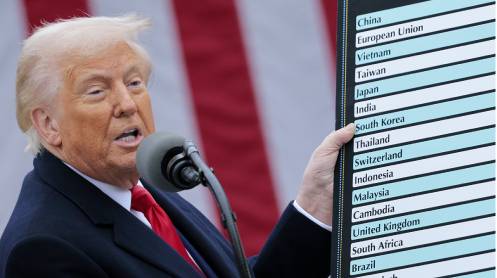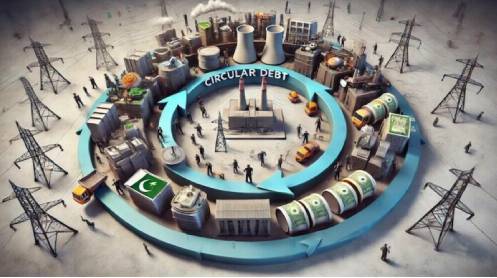After months of conflict in Ukraine, and an increasing movement away from Russian energy by several world powers, some countries have made it clear that they are not willing to cut ties with Putin when it comes to energy. With Europe and North America turning away from Russian oil and gas, it has made Russian energy prices highly competitive at a time when the world is battling with rising consumer and energy costs. This has led China, India and several other powers to develop their trade relations with Russia even further, in a bid to acquire cheap energy. China has been buying higher quantities of low-cost energy supplies from Russia in recent months, as it benefits from the falling prices that have occurred due to Western sanctions on Russian oil and gas. Chinese President Xi Jinping’s meeting with Russia’s Vladimir Putin in Uzbekistan this month demonstrated the two leaders’ commitment to their deepening trade links. It’s a win-win situation, with China having access to cheap energy when it needs it most and Russia finding alternative markets to Europe. The two countries have even begun to use their own currencies – the yuan and the rouble – decreasing their reliance on the U.S. dollar.
China is thought to have imported 17 percent more Russian energy between April and July this year than in the same period the previous year. Its LNG imports from Russia have increased by 50 percent, coal by 6 percent and electricity – via a cross-broader transmission line – by 39 percent. In total China has spent $43.68 billion on Russian energy imports in 2022.
But the decision to deepen ties with Russia is not simply to spite the West. Russia is significantly undercutting the competition with its energy prices. China is believed to have saved around $3 billion by purchasing Russian crude, paying around $708 per tonne rather than sourcing alternative imports that cost about $816 per tonne. And it’s not the only country to have taken notice of Russia’s low energy prices, particularly as much of the world is battling against energy scarcity and rising oil and gas prices.
Related: An Oil Supply Shock May Be Imminent
In India, Prime Minister Narendra Modi has showed interest in fostering the country’s trade relations with Russia to acquire low-cost energy supplies. In a statement at the Eastern Economic Forum in Vladivostok, Russia, he suggested the two powers had a “special partnership”, demonstrating interest in boosting cooperation. India has already increased its oil imports from Russia in recent months, despite calling for “diplomacy and dialogue” over the war in Ukraine. And it has done little to respond Western pressure over these imports.
India’s Petroleum Minister Shri Hardeep Singh Puri stated his allegiance to India, and to ensuring energy security. Puri explained, “No, there’s no conflict. I have a moral duty to my consumer. Do I as a democratically elected government want a situation where the petrol pump runs dry?”
Modi has continually called for greater assistance from the West to improve India’s energy security and help the country transition to a future in renewables. He told the world at the COP26 Climate Summit last year that India had significant potential in renewables, including wind and solar power and green hydrogen, but it would need greater foreign support and investment to unleash its capabilities. While foreign investment in India’s energy sector is on the rise, and the government has begun to establish meaningful green energy policies, due to its growing population and fears of oil and gas scarcity India’s energy is far from secure.
In the Middle East, both Saudi Arabia and Iran have strengthened their ties with Russia in the wake of the Ukraine conflict. Saudi Arabia more than doubled the amount of Russian fuel oil it imported in the second quarter of 2022, allowing it to export higher levels of its own crude output. Discounted Russian fuel has become increasingly attractive to foreign buyers who do not support the sanctions on Russian energy.
Meanwhile, fellow sanctioned Iran is looking to strengthen ties with Russia while maintaining its volatile relationship with the West. Iran and Russia have often treated each other as partners of convenience, a relationship that has continued since the war. Iran was the first non-former Soviet state Putin visited after the invasion, signalling his intention to foster a partnership with Tehran. And there is significant potential for Russia upon Iran’s re-entry to the international oil market, should a JCPOA be agreed upon with the U.S., as Iran could import Russian oil and gas to meet national needs – allowing it to export Iranian crude or re-export Russian oil to non-European consumers.
While Europe and North America continue to turn their backs on Russian energy, China, India and several other countries are using the opportunity to increase low-cost oil and gas imports to improve their energy security. Despite mounting pressure from the West to condemn Russia’s actions by rejecting Russian energy, the appeal of cheap energy supplies is proving too much for many world powers to turn down.





